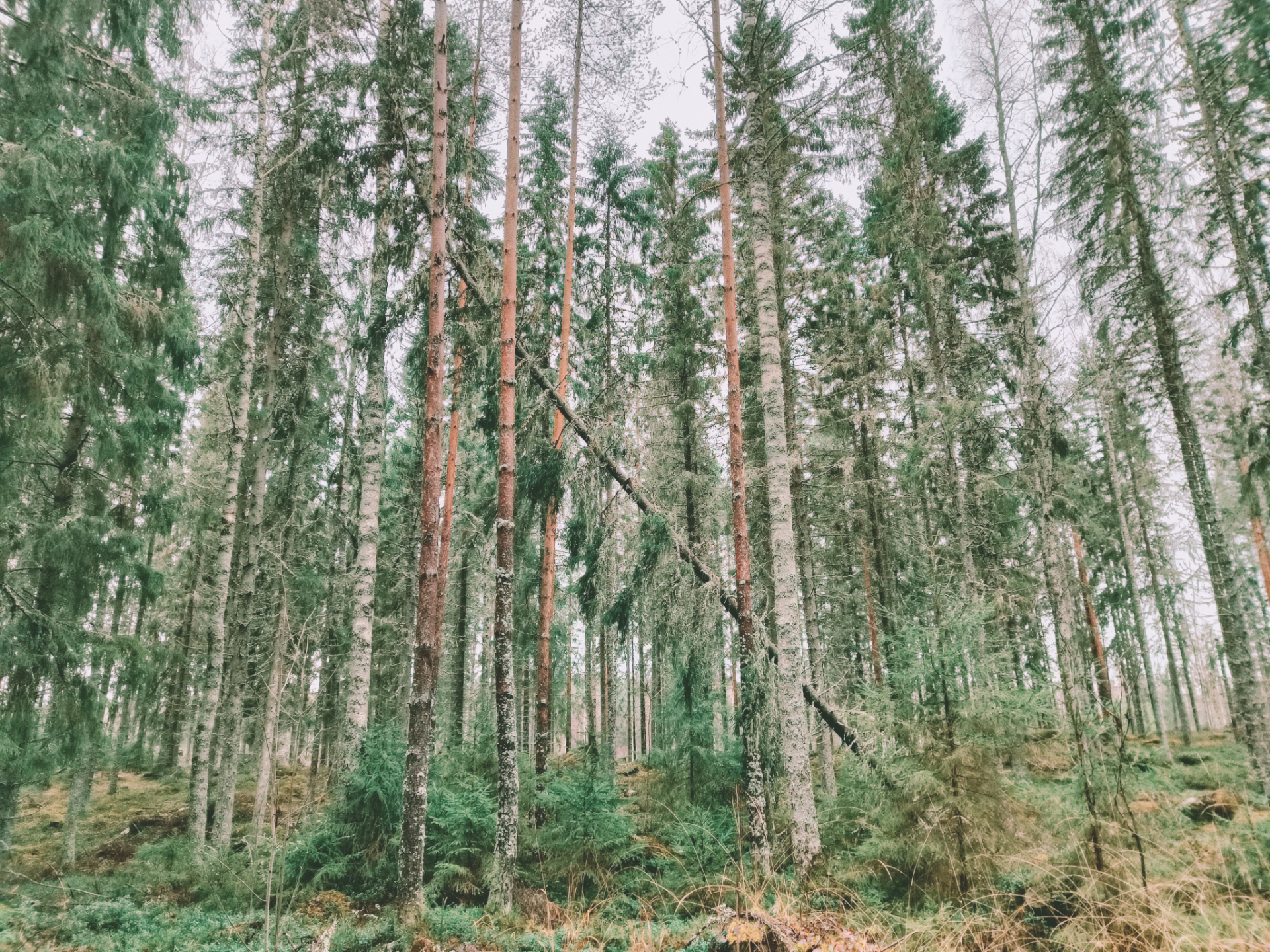We Heal in Connection
November 17th — I spent years trying to heal by holding myself together alone. I didn't realize that my "independence" was just an old survival instinct.

The Myth of Self-Sufficiency
When your safety once depended on not needing anyone, it makes sense that you learned to survive alone. You became good at it — maybe too good. You learned to hold yourself together even when your heart was breaking, to say "I'm fine" when you were falling apart.
In psychology, this pattern is often linked to avoidant attachment — a protective strategy shaped by early experiences where emotional needs weren't met consistently.
So we grow up believing that closeness is risky, that needing others will only lead to disappointment or pain.
But true healing isn't about building higher walls. It's about gently lowering them.
It's about teaching your body that safety can exist within connection, not outside of it.
Why We Meet Our Deepest Wounds in Relationships
No matter how much inner work we do alone — journaling, meditation, therapy — the deepest layers of our pain don't surface in solitude. They awaken in proximity to another human being.
Neuroscience backs this up: our nervous systems are co-regulating by design. The vagus nerve, which governs our sense of safety, is constantly scanning for cues from others: tone of voice, facial expressions, presence. This is why a calm person can make you feel calmer, and why a tense room makes your chest tighten.
In short: we are wired to heal through connection. But that also means that connection is where our oldest alarms go off.
Safe relationships don't just feel good, they activate the unhealed parts of us that still fear abandonment, rejection, or engulfment. It's not dysfunction — it's exposure therapy for the soul.
That's why intimate bonds can feel both beautiful and unbearable. They mirror back what's still unresolved within us.
Safe Connection as Medicine
The beauty of connection is that it can give us a new ending to an old story.
In my own life, I feel incredibly lucky. I've found a partner who meets my sadness, fear, anger, and worry with love instead of withdrawal — calm instead of chaos.
Where my childhood taught me to hide my feelings because they weren't met with warmth, he does the opposite: he stays. He holds space. He lets my emotions be true, and in doing so, he lets me be true. And that is the most beautiful gift I could ever receive.
When someone meets your inner storms with steadiness instead of punishment, your nervous system learns something revolutionary: "This time, it's different."
Polyvagal theory calls this co-regulation, the process where another person's grounded presence signals to your body that you are safe. Over time, this doesn't just change your thoughts about connection; it changes how your body experiences closeness itself.
Safety becomes familiar. Intimacy stops feeling like a threat.
Healing, then, isn't just a cognitive shift — it's a physiological one.
Our bodies learn trust through repeated experiences of being met with gentleness.
Healing Is Relational
We heal in connection not because others "fix" us, but because they give us a safe space to feel what we once had to suppress. They help us name the unnamed, soften what's been armored, and rewrite the patterns that were never truly ours.
It takes courage to let someone see the places you've spent a lifetime hiding. But that's where the light gets in. That's where healing begins.
So yes, we can grow in solitude, but we heal in connection.
Because love, at its most profound, is the gentle mirror that says:
"You're safe now. You don't have to do this alone."
And maybe this is where you pause for a moment, to notice the few people in your life who have met you with presence instead of fear.
Have you ever had a moment when someone stayed — and it quietly reshaped what safety meant for you?
Follow @selflavie for soft reflections on healing, attachment, and emotional safety. 🤍
Soft hugs,
Selflavie
Comments are currently closed.
Thank you for being here and reading.
If you’d like to share your reflections, you can always find me on Instagram
@selflavie.